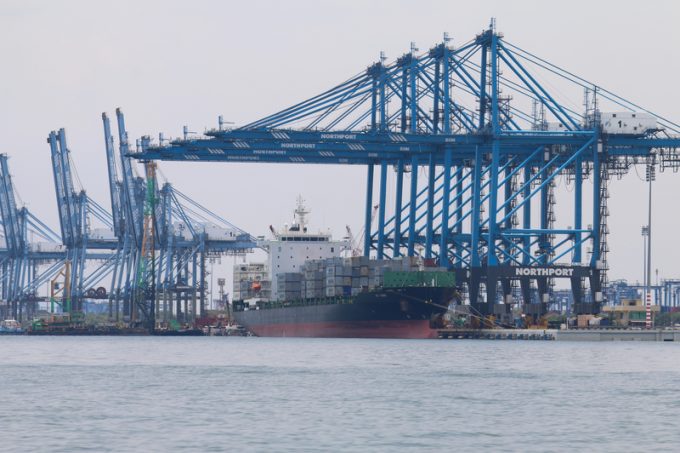CMA CGM set to takeover Air Belgium following court approval
CMA CGM has confirmed it is aiming to take over Air Belgium, after a court ...

The chances of a creating a fourth container transhipment hub in South-east Asia appear to be growing increasingly slim, delegates at this week’s TOC Asia Container Supply Chain event in Singapore were told.
Carrier consolidation in terms of the new alliance structure, merger and acquisition activity and the increasing propensity to take equity stakes in terminals to secure port capacity mean that plans to build new port facilities in the Straits of Malacca are unlikely to be commercially viable.
Jason Chiang, director ...
Volcanic disruption at Anchorage could hit transpacific airfreight operations
Macron calls for ‘suspension’ – CMA CGM's $20bn US investment in doubt
De minimis exemption on shipments from China to the US will end in May
Forwarders stay cool as US 'liberation day' tariffs threaten 'global trade war'
Shippers snap up airfreight capacity to US ahead of tariff deadline
Looming Trump tariffs will create 'a bureaucratic monster' for Customs
Mixed response in US to 'Liberation Day', while China leads wave of retaliation

Comment on this article